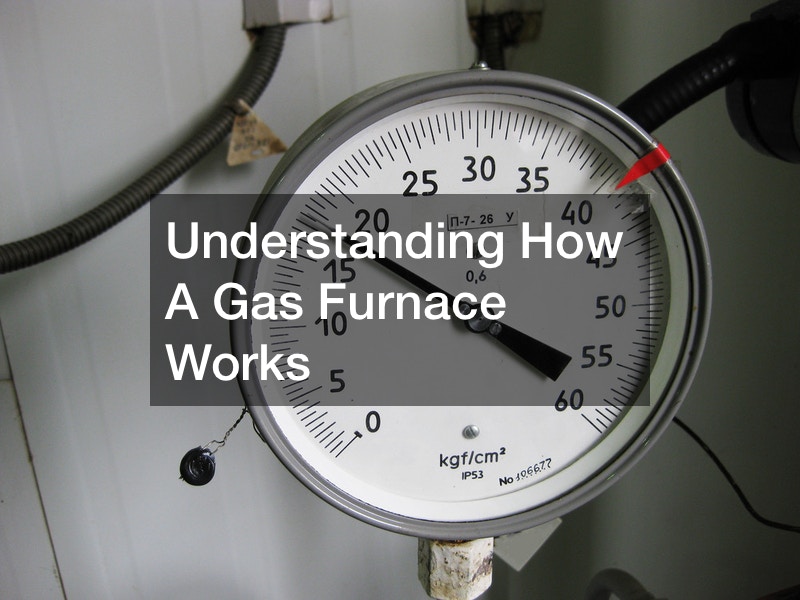
In this YouTube video, Luke Watson from Fire and Ice gives a brief summary of how furnaces work.
Luke starts the video with a significant statistic: heating accounts for nearly 45% of energy bills paid by U.S. homeowners. He then goes on to explain the purpose, parts, and workings of gas furnaces.
A gas furnace heats air and distributes it throughout the home through ducts and vents.
The main parts of the system include a thermostat, gas valve, burners, heat exchanger, blower motor, and ventilation.
A gas furnace collects air in a return register. The air then passes through a filter which removes dirt, dust, and other particles. The actual furnace starts when it receives a signal from the thermostat. An electronic ignition starts combustion. Flames from the burner component heat metal in a heat exchanger. Heat circulates through the exchanger and warms the air. A blower motor moves the heat out of a supply register and into your home.
There are alternatives to a gas furnace system. They include propane, oil, and electricity. A heat pump with an air handler is also an option.
The most common cause of problems in a gas furnace includes a broken or dirty sensor, cracks in the heat exchanger, and dirty filters. All such problems can be prevented through routine maintenance — at least twice a year.

